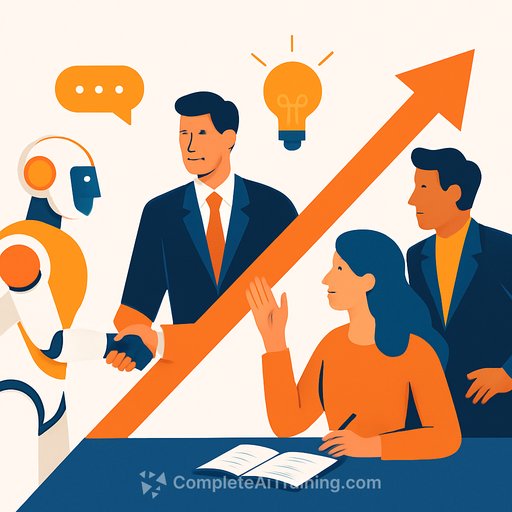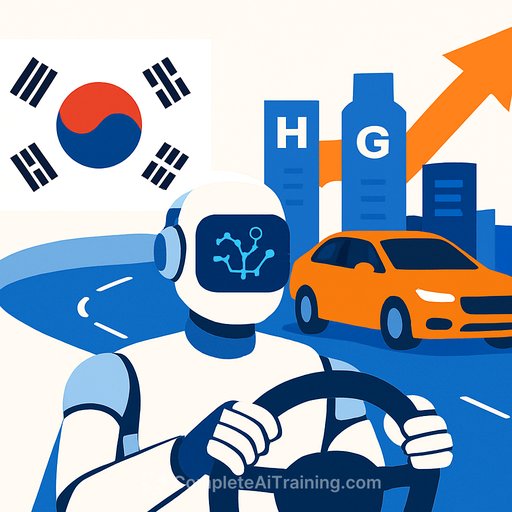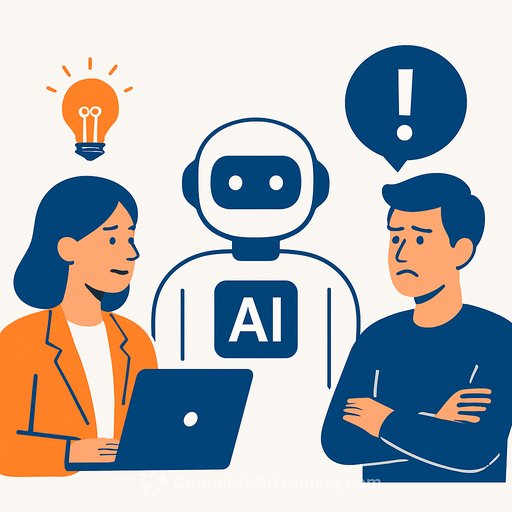The Executive Edge (Q2 2025): AI as a Teammate, Strategic Planning Amid Uncertainty, and Skills in Demand
Welcome to the Q2 2025 edition of The Executive Edge, a newsletter offering sharp insights and expert analysis on pressing challenges for business and HR leaders.
AI as a Teammate
AI is becoming part of daily workflows, from meeting note-taking to content co-creation. Younger workers often regard AI not just as a tool but as a teammate. Yet, many employees use AI without informing managers, creating a gap between adoption and oversight. This surge raises questions about etiquette, trust, and leadership in leveraging AI effectively.
To help teams see AI as a collaborator rather than a threat, leaders should communicate openly about the AI tools adopted and their purpose. Bringing a lighthearted approach—such as naming AI agents and interacting with them like new team members—can make AI more relatable and clarify its strengths and limitations.
Encouraging small, deliberate experiments with AI fosters a safe environment for learning. Running short trial periods followed by team reflections builds curiosity and lowers fear of failure. This approach creates a foundation for growth by emphasizing learning over immediate production.
Effective human-AI collaboration hinges on three drivers:
- High-quality human connections—making AI relatable and focusing on human interaction.
- Positive emotions like curiosity and enthusiasm—fueling motivation to engage with AI.
- Leadership that highlights how AI can enhance work and personal growth amid uncertainty.
Strategic Planning Amid Economic Uncertainty
CEO confidence has dropped sharply in the US and Europe, reflecting widespread economic uncertainty. Leaders face challenges ranging from geopolitical risks to sluggish demand. While some adopt a wait-and-see stance, others focus on resilience, adaptability, and scenario planning to prepare for multiple futures.
Traditional strategic planning methods, often linear and annual, no longer fit today’s environment. Leaders should shift from prediction to preparation, treating strategy like equipping an expedition team—ready for changing terrain and unexpected conditions.
Successful leaders build responsive strategy systems that integrate scenario thinking, dynamic signposts, and rehearsals for various plausible futures. This approach does not abandon discipline but adapts it to a fluid context.
Waiting for certainty can be risky. Delays often mean missed opportunities, as by the time clarity arrives, the moment to act may have passed. Bold planning means rehearsing responses to different scenarios, building confidence in adaptability rather than fixed answers.
Leaders should also encourage structured divergence: scanning for unusual signals, inviting challenging questions, and stress-testing assumptions. This reduces shocks when disruption occurs and strengthens strategic readiness.
Skills in Demand That Are Shaping Development Needs and Gaps
As job roles evolve, skills like communication, adaptability, and leadership are gaining priority. These “soft” skills are essential but often underestimated because they are harder to measure. Younger generations want to develop these capabilities, but opportunities often lag behind demand.
Technical skills remain important and are teachable, but the human side—collaboration, conflict resolution, leadership—is the tougher challenge. Remote work has limited chances to practice these interpersonal skills, making their development more urgent.
By 2030, 70% of the skills used in most jobs will change, according to LinkedIn. Leaders must guide teams through this shifting landscape by unifying employees around a shared vision and fostering adaptability.
AI changes the definition of value at work. As automation handles repetitive and analytical tasks, cognitive flexibility becomes key. The ability to pivot, connect ideas across disciplines, and learn continuously will distinguish successful workers.
Relational intelligence also grows in importance. Trust-building, tension management, and guiding teams through change are human skills that AI cannot replace. Judgment remains vital for weighing trade-offs in complex, value-driven situations.
Critical thinking and curiosity will protect against overreliance on AI. Organizations must create space for debate and reflection to maintain these skills.
To invest in long-term talent, leaders should offer frequent cycles of practice and reflection instead of one-off training. This approach builds lasting capability and bridges the gap between skills and experience.
With many employees changing roles every 18–24 months, leaders need to frame growth as possible within roles and through internal mobility. This keeps energy high without sacrificing continuity.
Balancing individual growth and organizational needs requires sustained learning, cross-functional experiences, and cultures that support ongoing development and connection.
For executives ready to deepen AI fluency and leadership capabilities, exploring specialized courses can be a practical next step. Resources like Complete AI Training’s latest AI courses offer relevant options to build skills aligned with today’s demands.
Your membership also unlocks:






